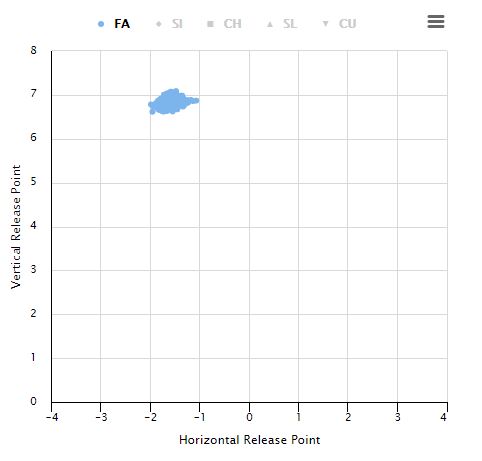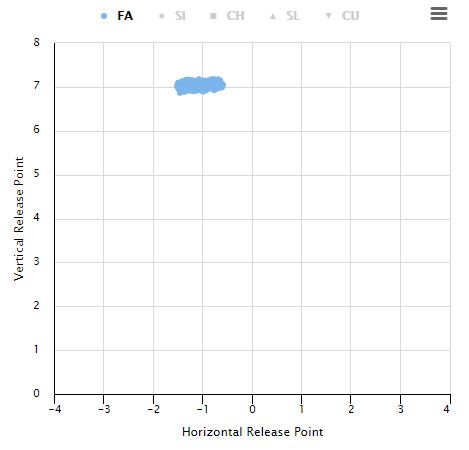Remembering the Terrific Tom Seaver (1944-2020)
Not for nothing did they call Tom Seaver “The Franchise.” When he debuted in 1967, the Mets lost 101 games, their fifth time in triple digits in six seasons of existence. Two years later, he led the team not only to its first winning record but to an upset of the powerhouse Baltimore Orioles in the World Series. A month shy of his 25th birthday, he had given “the Miracle Mets” a leg up against the crosstown Yankees, who were going through a fallow period after dominating baseball for four and a half decades, and in doing so he became an all-American icon. Uniting a powerful, efficient “drop and drive” delivery with a cerebral approach and impeccable command, he would go on to check virtually every important box in his 20-year major league career, winning three Cy Young awards, making 12 All-Star teams, leading his league in a triple crown category 11 times, tossing a no-hitter, surpassing the 300-win and 3,000-strikeout milestones, and setting a record with the highest share of a Hall of Fame vote when he became eligible in 1992.
Last summer, in celebrating the 50th anniversary of that championship, the Mets announced that they would officially designate the address of Citi Field as 41 Seaver Way (after his uniform number, which they retired in 1988), and dedicate a statue to “Tom Terrific.” Alas, by that point, Seaver’s family had gone public with the news that he had been diagnosed with dementia and was retiring from public life; he had battled health problems for years, including multiple bouts with Lyme disease. He missed the anniversary festivities and never lived to see the statue’s completion. Seaver passed away on Wednesday at age 75. According to the National Baseball Hall of Fame, he died peacefully in his sleep from complications of Lewy body dementia and COVID-19.
Seaver spent 11 1/2 of his 20 seasons with the Mets, departing in rather traumatic fashion first on June 15, 1977, in a trade to the Reds that was dubbed “The Midnight Massacre,” and then again in 1983, when after returning to New York via a trade and spending a season back in Queens, he was left unprotected in what was called the free agent compensation draft. He spent 2 1/2 years with the White Sox and his final half-season aiding the 1986 Red Sox’s pennant push, though a late-season knee injury kept him off the postseason roster and he could only watch as his former team won its second World Series.
Seaver was so durable that he made at least 32 starts and threw at least 200 innings in the first 13 seasons of his career and in 16 in all, the last at age 40. He finished with an ERA+ of at least 100 while qualifying for the ERA title in 18 of those seasons, including his final one at age 41; that’s tied with Walter Johnson for fourth behind only Greg Maddux, Roger Clemens, and Cy Young, all with 19. His 3,640 strikeouts still rank sixth all-time, while his 311 wins rank 18th. He’s seventh in shutouts (61), 15th in starts (647), 19th in innings (4,783), walks (1,390) and home runs allowed (380), and in a virtual tie for 22nd among pitchers with at least 2,500 innings in ERA+ (127).
On the advanced statistical front, his 109.9 bWAR (including offense) ranks sixth behind only Johnson, Young, Clemens, Pete Alexander, and Kid Nichols. His seven-year peak score is “only” 20th, but his 84.6 JAWS is eighth; every pitcher ahead of him save for Clemens last pitched in the majors prior to World War II. Read the rest of this entry »


